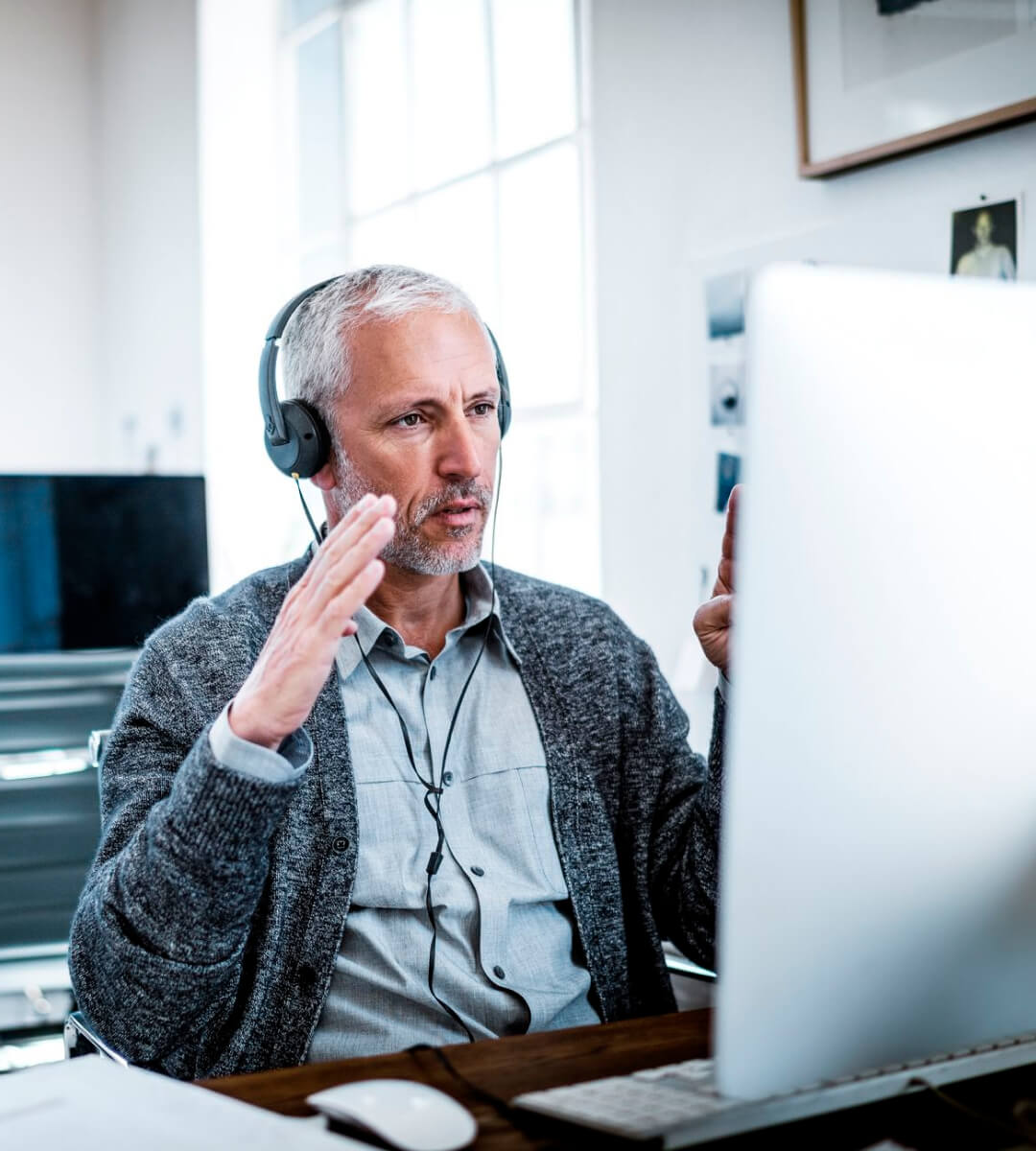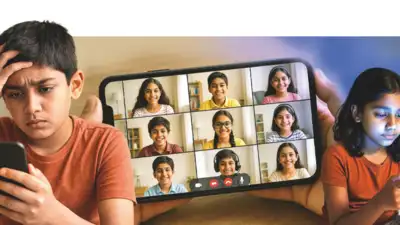A young girl came to child and adolescent psychiatrist Manjiri Deshpande Shenoy’s clinic. Eight-year-old Ananya had suddenly stopped talking in the middle of the Covid lockdowns, and her parents decided to seek professional help. “The parents couldn’t figure it out. The girl was not saying anything at all, even though she had been very lively otherwise,” says Deshpande. They used drawings and storytelling, and eventually she began to explain. “We realised that she had seen some pornographic images on the internet. She felt so much guilt that she went into selective mutism.” Eventually, with therapy and medication, Ananya improved.For young people today, smartphones and social media are an intrinsic part of life. While this can open up a world of opportunity —exposure to new perspectives, people and information — it can also lead to mental health issues. Deshpande adds that prior to Covid, she saw very few such cases, but now that screens have been made available to children as young as four to five months, things have been going rapidly downhill.Dr Pramit Rastogi, child psychiatrist and medical director at STEPS Center for Mental Health, says the addictive nature of smartphones should give parents pause. “It is the first time kids have had access to a device that has the addictive potential of a substance like alcohol or cigarettes. I often tell parents, ‘It’s like your child has a pack of cigarettes in their pocket every day.’ They can limit it by telling them they cannot smoke more than two a day, but they still have to smoke two,” he says, alluding to the fact that smartphones are no longer ‘optional’. “Teachers are asking them to send notes on WhatsApp, friends are sending Instagram DMs or their grandmother could be talking to them on a video call. By the end of the day, the screen time adds up,” he adds.The impact manifests in various ways, he says. “If a child has self-esteem issues, they may keep posting on social media. Or if they are anxious, they may spend hours taking and re-taking selfies. Those with ADHD may keep picking up the phone impulsively.” And social media is just one part of the story. Online games like Roblox, he says, are very addictive. One boy had to go to a rehab program to recover.Mumbai-based child psychologist Dr Shachee Dalvi says that parents report heightened aggression in kids with problematic relationships to their screens. She saw a case where a 15-year-old girl was very addicted to her phone, and her parents took it away. “She became very furious and started self-harming,” she says, adding that she recommends parents whittle down their child’s time on their phone gradually — 15-30 minute reductions every few days — rather than in one fell swoop.Deshpande, too, has seen aggressive behaviour from phone-addicted adolescents who are usually convinced that nothing is wrong with them. A 17-year-old boy, who had been a very good student, got hooked to an online game after a breakup. “Now, all he does is play online the entire night and sleep the entire day. He has become physically aggressive with his parents and even getting him to the clinic is a task.”That we are at once more connected and disconnected than ever may sound trite, but it is true. “They refrain from talking in person or meeting their friends. Kids should be given the opportunity to interact socially on an in-person basis,” says Dalvi.Ritika Rachel Thomas, counselling psychologist at Kaha Mind, says online interactions can bring other complications too. “Virtual friendships can be supportive, but they’re also fragile. Ghosting, cyberbullying, and trolling are realities kids face. Many struggle with setting boundaries online, fearing that saying ‘no’ might cost them friendships,” says Thomas.Psychologist Sonali Gupta says the biggest impact of smartphones in this generation is disconnection and feelings of loneliness. “Now, with AI coming into it, it’s complicated things for young people even more. A lot of young people are not reaching out for help, instead are struggling by themselves.” In the US, after the recent suicide of a 16-year-old boy, his parents alleged that ChatGPT validated his most self-destructive thoughts and are suing OpenAI. As a result, OpenAI has outlined a plan to introduce new features such as parents’ accounts being linked to those of teens and that parents getting a notification if their child shows signs of ‘acute distress’.Smartphones are fundamentally altering the self-image of adolescents and adults alike, but the former are less equipped to handle the pressure. “Youngsters are still developing executive functions like impulse control, emotional regulation, and long-term planning, so they’re more susceptible to the instant gratification that these devices provide,” says Thomas. While some find themselves in harmful spaces, like forums promoting eating disorders, self-harm, or aggressive online communities, others are drawn in to viral challenges that normalise risky behaviours for the sake of more likes and views.Youngsters can be in real physical danger. Deshpande had a client who believed she was dating an Indian boy her age. But it turned out to be an adult man sitting in the US who was grooming the teen. “It got to the point where she wanted to get a passport, leave her parents’ home and go to the US with this guy. The police had to get involved,” she says.Parents find themselves at a loss, up against a behemoth they do not understand as well as their digital native children. But the answer isn’t giving up, but putting systems in place. Nanny tech allows parents to monitor what their kids are doing online, while setting limits on screen time may teach kids about moderation. Dalvi recommends teens only be given access to social media at 15. Dr Rastogi says, “There needs to be a prenup with the phone for both kids and parents. Parents need to walk the talk themselves. Along with limiting screen time, parents must ensure the child is engaged in other aspects of her life.”But screen time is not the only thing to consider, says Thomas. “Parents and educators should focus on content and context: Is the phone being used for creativity, connection, and learning, or is it fuelling comparison, stress, and escape? Shifting the conversation from ‘how long’ to ‘what for’ encourages more mindful use instead of guilt-driven monitoring.”*Name changed to protect identity.With inputs from Srirupa Ray
The new cigarette in your child’s pocket: How phones are reshaping childhoods













